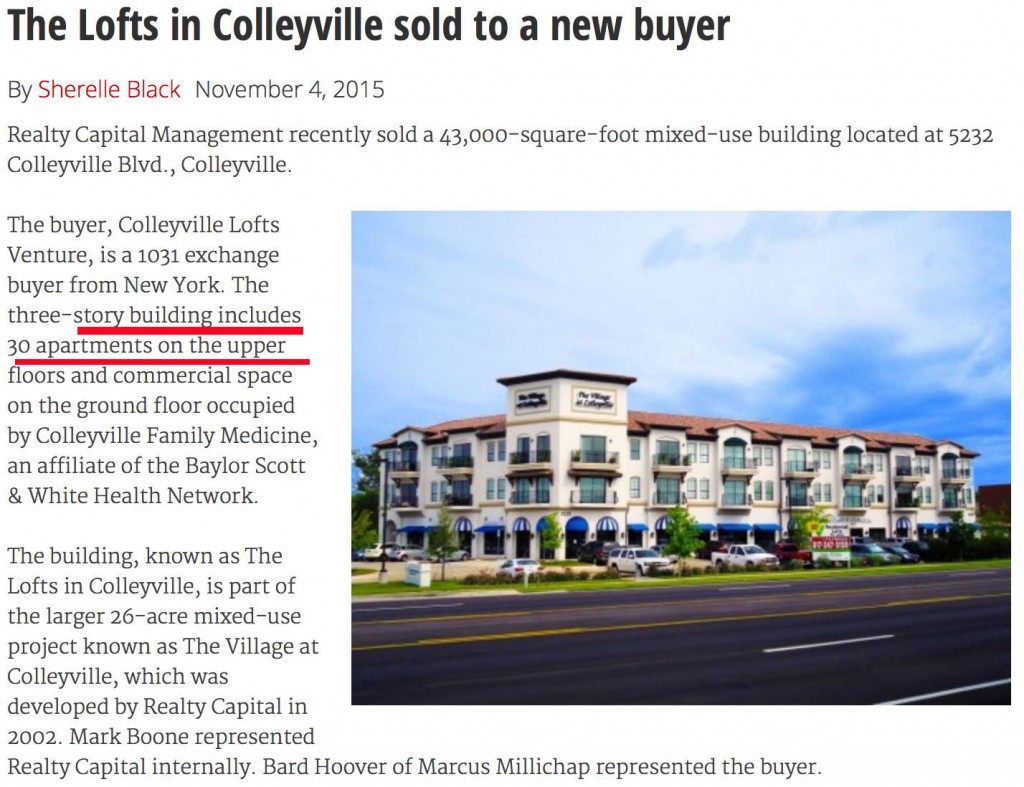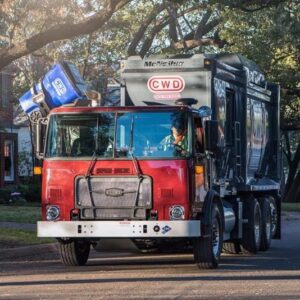Remember accusations that the 1999 council opened the door for High Density in Colleyville? Read the article from January 25, 2006 (Note the ex-councilman that supported the High Density Comprehensive Plan, Tom Hart is shown right front seat during a City Council Work Shop. On the other hand, “Councilman George Boll pointed out to Myers that, “I do not want to be a councilman that leaves the legacy that I was on the council that allowed apartments across from City Hall.”
The five council member who voted for the Comprehensive Plan, Mayor David Kelly, Council members, Mike Taylor, Jody Short, Nancy Coplen anc Chuck Mogged apparently have a different recollection of history. The advantage of having a news source around for 15 years, is the ability to go back in the archives AND reveal the actual history in Colleyville. Fact is, High Density, at current levels, was never the idea of previous councils, including served on by Mr. Hart.
| January 25, 2006 Colleyville The Definition of “Ancillary” is?…City Staffer Barry LeBaron says it means 600 sq. ft. individual, separate residential areas, former Mayor says no way! Developer says 150 Primary and 150 Ancillary meant 300 residential units were approved by previous council and he is simply doing a reconfigure. City Attorney says current Ordinance is “silent” to question.
Licata stated it was his belief that previous councils were concerned that residential areas did not morph into smaller units due to claimed economics and turn into apartments, therefore did not mean for the “ancillary units” to be stand alone separate residences. Therefore, Licata stated, “… any agreed changes should meet the expectations of the previous city councils and Colleyville citizens.” Myers explained that in the mixed use concept, while the units were smaller, the actual per foot cost could be as high as $225 to $250 per foot versus the Town Homes with square foot cost of $150 to $160 per square foot.
In further questioning by the council, Myers said that Miller will have a “ownership” role. However, the extent of his role or upfront financial commitment, if any, was not revealed. Myers stated that, “in 1998 people didn’t understand that we would have $500,000 Town Homes in the Village”. He said that there is approximately $21 million of taxable value in the Village currently and the plan is for $100 million expansion. Myers said that a number of different entities own property in the Village, in fact the building that houses his main headquarters for Realty Capital is actually owned by a Chicago entity. Myers announced that he has “come to terms” with Dee McNosky on her property and also purchased the Davidson property on Hwy 26 between Smitty’s and the entrance to the Village. Myers said that he has been disappointed in the acceptance of office space in the Village, therefore wants to put more concentration on residential because he feels there is a market and the value is considerably more than office space. Councilman Boll responded that, “the issue I am struggling with is that we will have 3 condos above these buildings and each one of these can just as easily be called apartments.” Councilman Licata stated that the involvement of the Miller company certainly brought credibility but he would like to know more about Miller’s commitment and “equity” interest in the project. Myers added that Miller would have, “an interest in all the buildings.” Another contentious issue for the City Council has been the parking commitment. Myers has proposed 1.75 parking spaces per residential unit. Myers told council that the market would dictate if more were needed and explained, “..our investors will be concerned that there will be adequate parking.” Licata countered by saying, “..your investors will never be as concerned (about the parking) as this council will because our decision will impact not just us but those who live in Colleyville in the future.” Miller offered that the margins on these type of developments are very thin and, “we will only do what we can afford to do, if we think that 2 spaces per unit is not the demand and we are still required to build that many by this council then it will put the project in jeopardy” The developers said they are reluctant to allow architects or engineers to go forward and spend money to “go full throttle” until they know the outcome of the zoning. Councilman Boll requested examples of other successful developments with the proposed Village concept of mix use with residential on top of retailers. Boll said he did not want projects that were re-development but actually planned and built from scratch in similar situations to Colleyville. Miller responded that “there were not more than 5 similar projects in the entire United States that were successful”. As two examples, Miller referred to City Place in West Palm Beach, Florida, Click Here for their web site. He also referred to Santana Row in San Jose, California. The attached (PDF) October 2005 article, contains photos and a description of the project Santana Row project finished in 2002. LNO contacted the Economic Development Department of San Jose concerning details about Santana Row. Ellya Robollo, Assistant to the Economic Director of Jan Jose, said that Santana Row was built in an area where older buildings were razed. San Jose is a city of 900,000. Robollo said that she actually has a single family residence near Santana Row and the tremendous success of the development has actually increased her property value. She said the project is the most trendy and successful development in the city and that there are retail outlets not found anywhere else in Northern California but at the Santana Row location, including European retailers. Robollo said the development has every age group from 21 to empty nester baby boomers. The Santana Row web site lists 70 shops 18 restaurants 5 spas and 1 hotel with 211 rooms. In checking the amenities one difference does show parking per residential units including 2 parking spaces. Speaking with the San Jose City Manager’s Office, Noelle Knell stated that Santana Row is a significant success both in property values and sales tax revenues. “We have people flying in from around the country to see this project with the thought of building something similar in their markets.” The project was built where previously an old shopping center had been razed and has close access to major thoroughfares. Knell said to her knowledge the lowest price unit started, during the launch of the project, at $500,000. Knell said the housing shortage in the area was a major boost to the development in her opinion. Further, that the number of residential population has created a number of additional services, such as a Farmer’s Market. According to the Silicon Valley/San Jose Business Journal on January 6, 2006, The Business Journal article continued, “It’s also a new price benchmark for residentially zoned property in the South Bay, where the value of land approved for for-sale housing development has crept up along with the national and local housing boom and higher allowable development densities. The Santana Row units were originally built as apartments, but developer Federal Realty Investment Trust of Maryland decided to sell them earlier this year in light of the region’s robust home-sales market. The company told the Business Journal in December that it had achieved sales of $750 a square foot for its smallest units, a regional high for condo prices.” Developer Richard Myers also provided the council with additional information pertaining to the anticipated finished product, subject to the rezoning requested. 
Referenced as Building 15, the diagram illustrates a retail/residential across the street from the Colleyville City Hall. 
Referenced as Building 18, this shows a typical planned residential area. 
A map showing the distribution of retail, residential and mixed retail/residential 
The light gray indicates current buildings and the dark planned buildings.
This is an illustration of retail distribution in the graphic map said only to be an illustration and did not represent actual tenants that had committed to the project. Click Here to view villageretailplan
The City Council tabled the zoning from the last council meeting and will take up the issue again at the February 7, 2006 council meeting. |




 Councilman
Councilman Councilman
Councilman Henry S. Miller said he was not a residential developer, but a commercial developer. Concerning the Village, Miller said, “the trick is to get all the space built at once to attract tenants.”
Henry S. Miller said he was not a residential developer, but a commercial developer. Concerning the Village, Miller said, “the trick is to get all the space built at once to attract tenants.”













